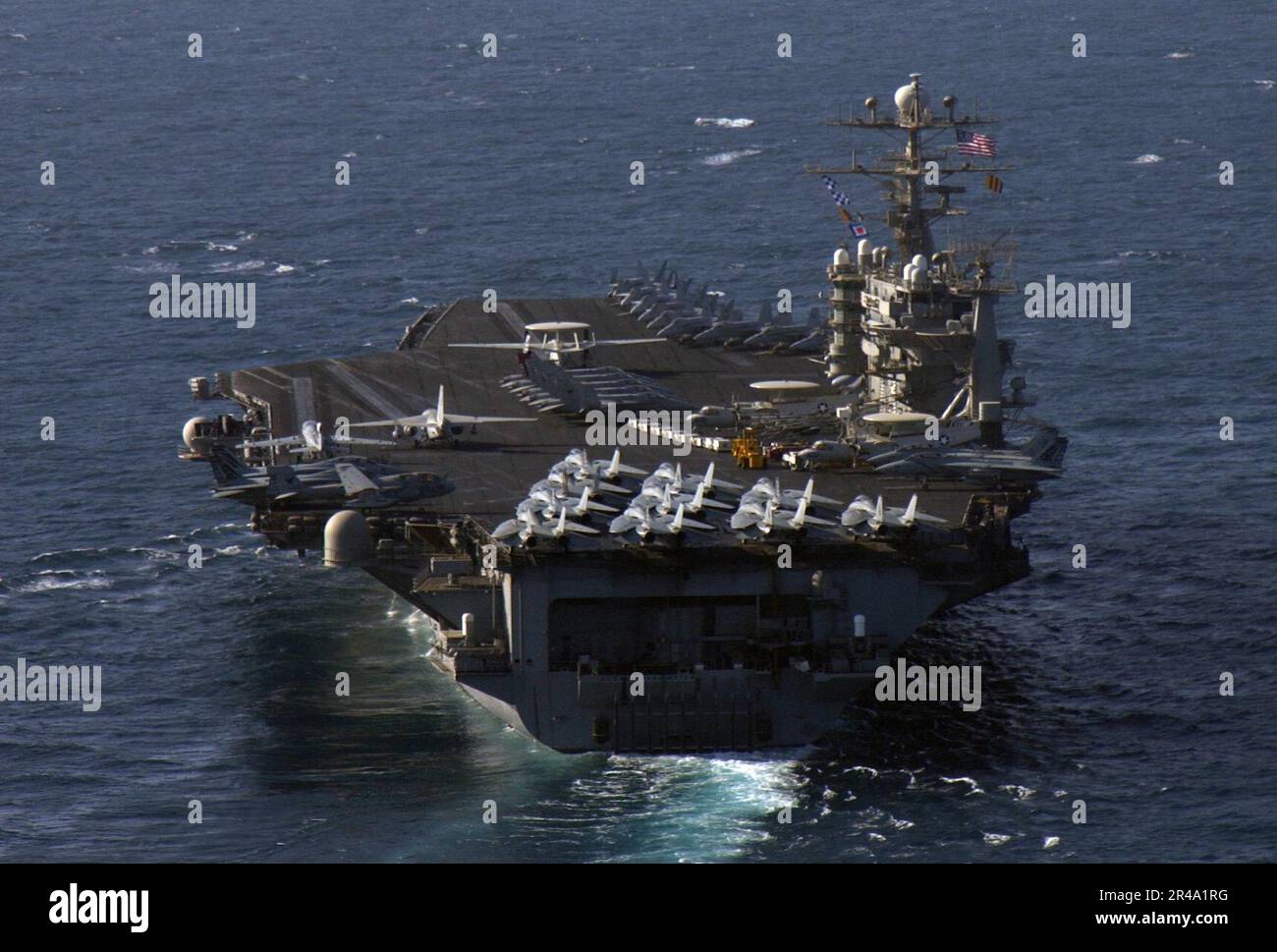
Production was already underway however when politicking resulted in the Empire choosing instead to go with Sienar Fleet Systems' TIE fighter. When the Galactic Empire ordered them to produce a new starfighter for the Imperial Navy, Incom engineers took inspiration from their previous work to create the X-wing. The T-65B X-wing was produced by the Incom Corporation, which had previously supplied the ARC-170 and Z-95 Headhunter starfighters to the Galactic Republic during the Clone Wars. X-wings with their s-foils locked in attack position as they assault the Death Star in Star Wars (1997 Special Edition). The ARC-170 starfighter seen in Star Wars: Episode III – Revenge of the Sith is the ancestor of the X-wing and is deliberately reminiscent of the X-wing's design. This resulted in numerous parts of space battle scenes being "re-shot" as digital animations for the original trilogy's Special Edition releases.
X WING COCKPIT LABELED SOFTWARE
In 1993, ILM visual effects specialist John Knoll created a proof of concept test of dogfighting X-wings and TIE fighters to demonstrate the feasibility of using commercially available desktop computer software for simple animation work. The rig was built in hinged sections so it could be manipulated by frogmen to sink or rise, a key feature for the scene when Luke fails to levitate his ship from the water. The "lake" in which Luke Skywalker ( Mark Hamill) crashes his X-wing in The Empire Strikes Back was only 3.5 feet (1.1 m) deep, requiring the creation of a rig resembling the starfighter sitting in the lake at an angle. Background noise pitch and tone also varied between X-wings to further differentiate the characters piloting them. The production crew also made a full-size X-wing cockpit that was used for all actors the astromech droid visible behind each actor was changed for each starfighter. In addition to miniatures, special effects expert John Stears and his crew made a single, full-size X-wing for scenes in the Rebels' Yavin 4 base hangar combined with cardboard cutouts and careful editing, the Rebels appear to have dozens of fighters. Although the movie's initial script and novelization describe the X-wings as belonging to "Blue squadron", limitations in bluescreen photography led to the markings on the filming models, as well as the fictional squadron affiliation being changed to red.
X WING COCKPIT LABELED WINDOWS
The cockpit windows were made from faceted glass so that accurate reflections could be filmed.

Each X-wing model was built around a hollow core made from surgical tubing, which allowed lighting, cooling, and electrical connectors for the wing motors to be installed and maintained. When ILM fell behind on generating X-wing footage, Star Wars producer George Lucas and his editors temporarily used World War II dogfight footage for initial editing cuts. ILM built miniatures in various scales, with wing markings indicating which prop represented which pilot.

The X-wings were designed to appear more "traditional" than the Empire's TIE fighters.
X WING COCKPIT LABELED SERIES
The T-85 X-wing made its first appearance in the TV series Star Wars Resistance (2018).Ĭolin Cantwell sketched and built models that eventually became the final X-wing fighter in Star Wars. Although described as being an improvement over the original, in the expanded literature this new X-wing is itself considered outdated, having been replaced by the T-85 X-wing in the New Republic's defense fleet. The T-70 X-wing, flown by the Resistance in their fight against the First Order, is depicted as the successor to the T-65. Starting with The Force Awakens (2015), a new model of X-wing was introduced, which has gone on to play a prominent role in the Star Wars sequel trilogy. The starfighter featured extensively in the Star Wars original trilogy and in the Expanded Universe that followed, and has been merchandised as a variety of toys and models. It made its theatrical debut, as the T-65B model, in Star Wars (1977) as the spacecraft piloted by Luke Skywalker and the Red Squadron when Luke destroyed the Death Star. Named for the distinctive shape made when its s-foils (wings) are in attack position, the X-wing was a class of starfighter used by the Rebel Alliance in their conflict with the Galactic Empire. The X-wing starfighter is a name applied to a family of fictional spacecraft manufactured by the Incom Corporation from the Star Wars franchise.


 0 kommentar(er)
0 kommentar(er)
